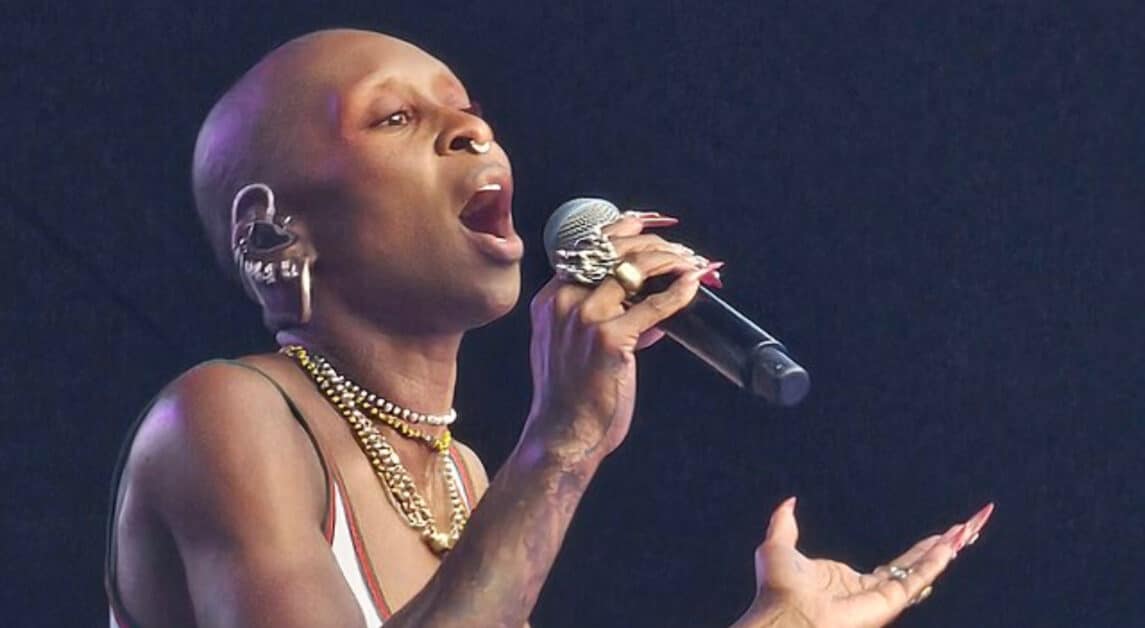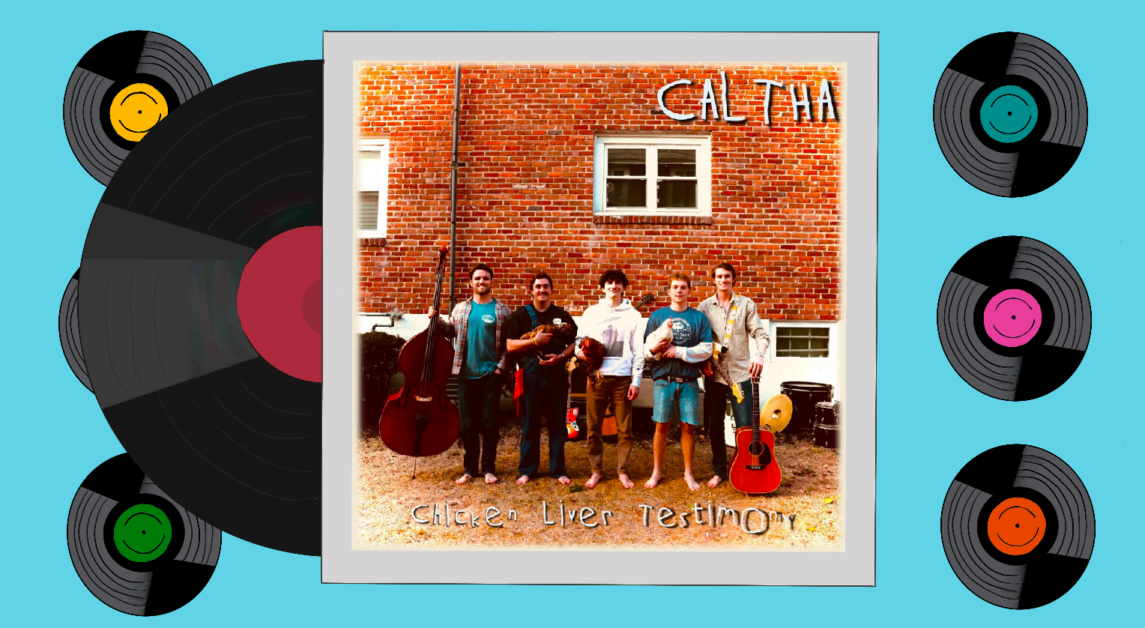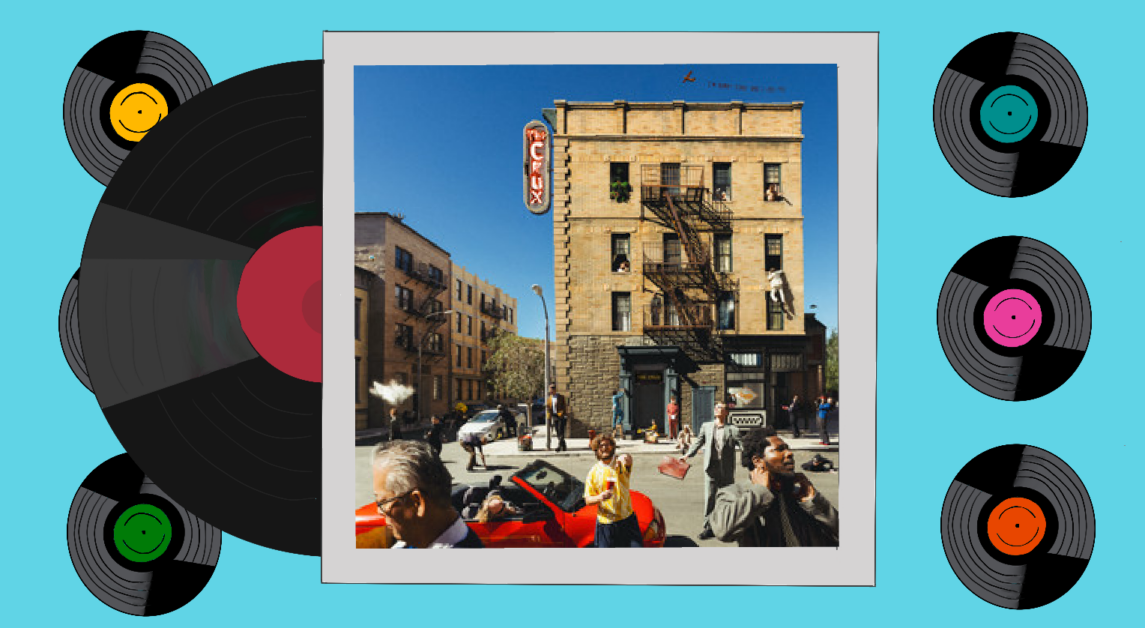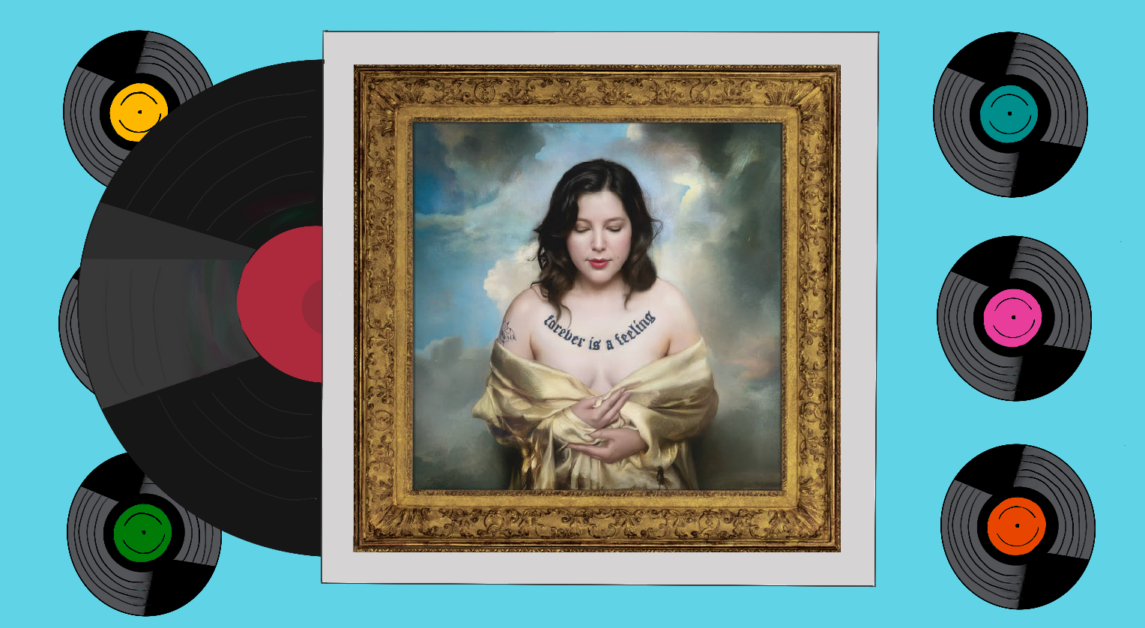![]()
As time turns our musical legends into aged versions of their former selves, there arises the interesting quandary as to what happens to these former superstars next. Do they sit comfortably on their fame, and ride out happily into the sunset of music immortality? Or do they continue to press forward, warriors that they are, creating, producing, and performing? Regardless of what their respective fan bases might want, many choose the latter path, and we are left with the task of figuring out how to assess these choices in the context of a lifetime of music. With Shadows In The Night, an album of old standards made famous by Frank Sinatra, Bob Dylan precariously continues his foray down the path of the weary warrior.
Bob Dylan fans have had mixed reactions over their hero’s attempts to continue playing music. His voice is raspy beyond his years, which is not a compliment, and his live reiterations of his classic songs are often rendered unrecognizable (for proof, check out his 2011 Grammy performance with Mumford & Sons and the Avett Brothers). That being said, Shadows In The Night is a collection of 10 tender, well-arranged tracks. They are filled with respectable vocals from Dylan and a truly genuine jazz sentiment. It’s not the uptempo, Rat-Pack-style of Frank Sinatra songs, but rather the sultry and romantic numbers, played late at night in a smoky jazz lounge. Dylan handles them as well as he can—the finished product is a melancholy, reflective retrospective on a tradition unexpectedly and satisfyingly distant from the folk legend that we all know. In short, Shadows In The Night is a pleasant surprise.
Now, that doesn’t mean that fans should expect a revitalized Bob Dylan, ready to begin a second wind of youthful angst. Dylan still sounds like an old man with a cold. But to be fair, he has always sounded like he had a bit of a cold, and it was that nasally twang that made his voice charming and iconic for so long. So really he just sounds like an old man, and that process of heroic aging can be endearing in and of itself. However, that caveat doesn’t save certain tracks on this album. “The Night We Called It A Day” gets into higher registers, and Dylan’s age really shows as he strains to hit the notes. “Some Enchanted Evening” features some unsteadily held out long notes that weaken the song’s power.
For the most part, however, Dylan holds his own vocally. “I’m a Fool To Want You,” and “Autumn Leaves” both have particularly good vocal efforts, perhaps because the vocal parts are quiet and in a lower register. Yet the beauty of the album lies in the dreamy arrangements. Almost every song on the album features swelling orchestral chords or horns and lap steel guitar adding a drop of country flair, and the album is too short (at 35 minutes) to ever feel repetitive. These elements give the whole album a floaty, suspended atmosphere. It’s a bit reminiscent of elevator music, but perhaps it’s hearing Dylan work so hard to sing these songs that gives them such a real emotional impact, the sense that it was important for this to happen at all costs. It feels natural, even when sounding natural doesn’t come easy.
As is often the case with these kinds of old-timer’s albums, it’s unlikely that fans will reach for Shadows In The Night before more classic albums like The Freewheelin’ Bob Dylan or Highway 61 Revisited. But by no means does that mean that make Shadows In The Night a failure. Rather, it feels like the obvious next step in the legendary life of Robert Allen Zimmerman, or the mysterious man behind the persona that we all know as Bob Dylan.
Featured Image Courtesy of Capital Studios













